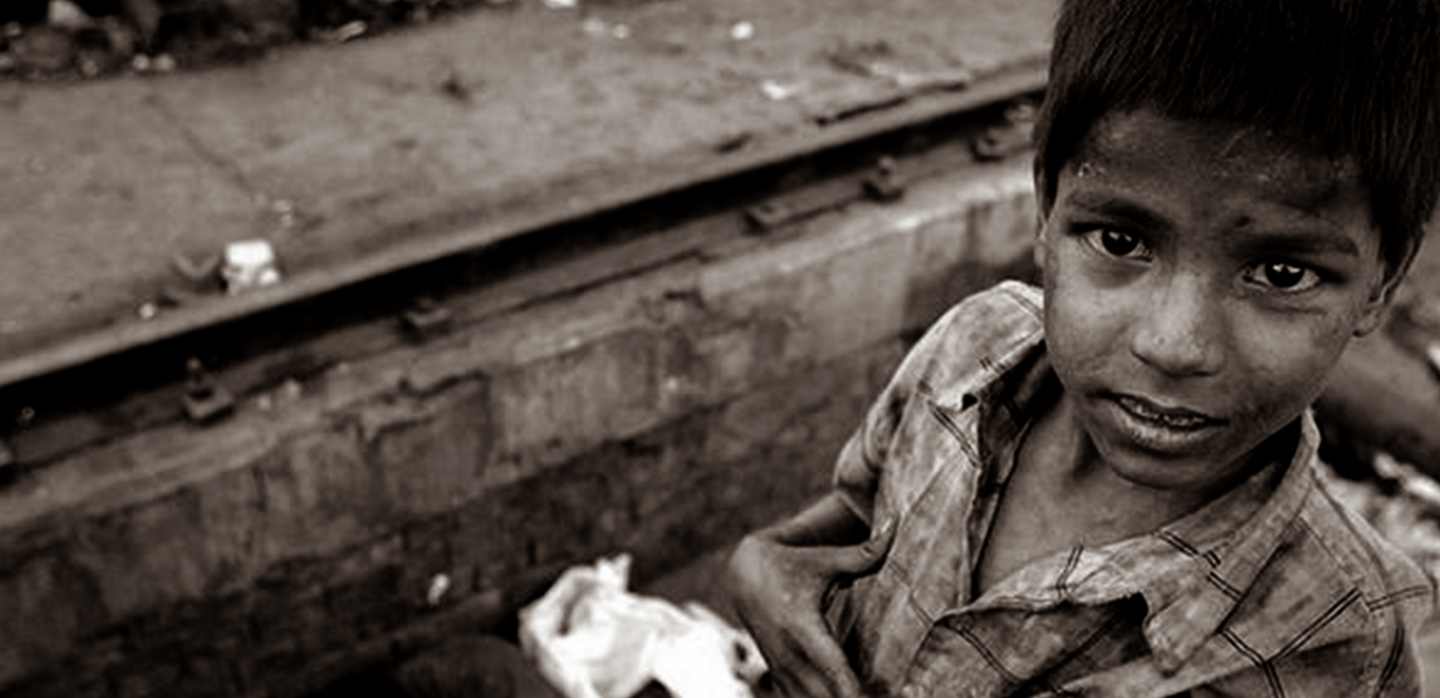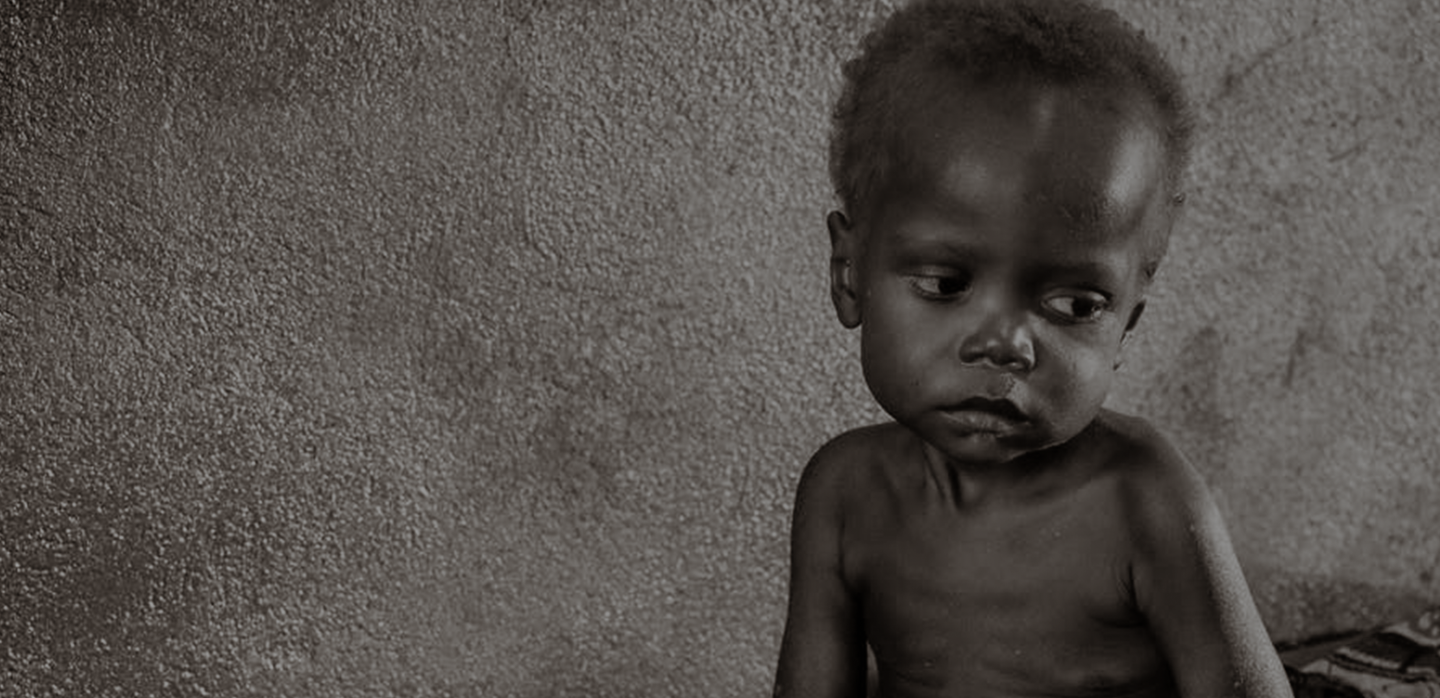What is SAM
According to UNICEF, ‘Severe Acute Malnutrition (SAM) is the most extreme and visible form of undernutrition'.
SAM is defined by very low weight for height (below -3 z scores of the median WHO growth standards), by having a mid-upper arm circumference (MUAC) < 115 mm, by visible severe wasting or by the presence of nutritional oedema. Decreasing child mortality and improving maternal health depends heavily on reducing malnutrition which is responsible for major deaths among children under 5 years of age.
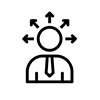
Prevention of SAM
Prevention of malnutrition, and SAM, requires an amalgamation of various approaches that tackle the diverse factors that lead to intergenerational malnutrition.
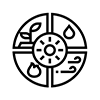
Treatment of SAM
Specific programs for SAM children need to be undertaken at the community level. The protocol for feeding children needs to ensure that they receive adequate nutrition.
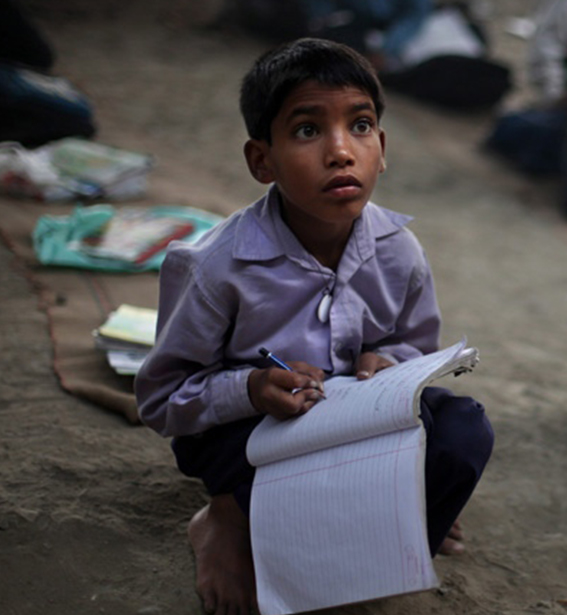
Why CMAM
Community based Management of Acute Malnutrition (CMAM) is a treatment protocol wherein the care givers of the child are trained in proper nutritional habits, hygiene and breast feeding practices. The child is provided emergency nutritional supplement in the form of Ready-to-use Therapeutic Food (RUTF) for 8-12 weeks and medicines to treat any illnesses like diarrhea and edema which are found in many Severe Acute Malnutrition (SAM) children.
80 lakh
More than 80 lakh children suffer from severe acute malnutrition (SAM) in India, according to the Indian Academy of Pediatrics.
11.6 times
A SAM child is 11.6 times more likely to die than a healthy child.
One-third
An estimated one-third of all wasted children in the world live in India.
